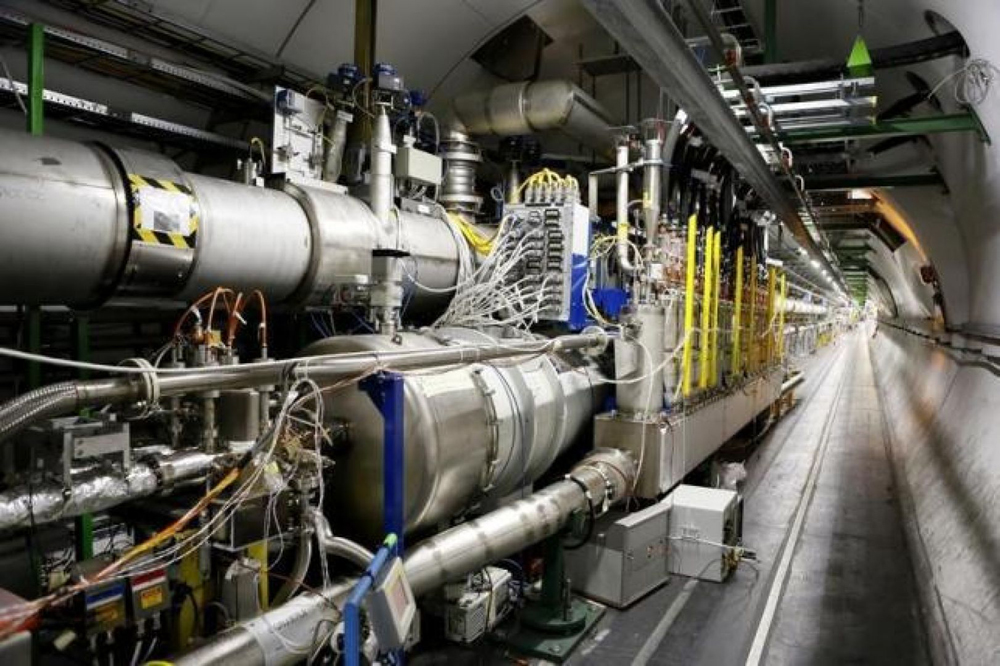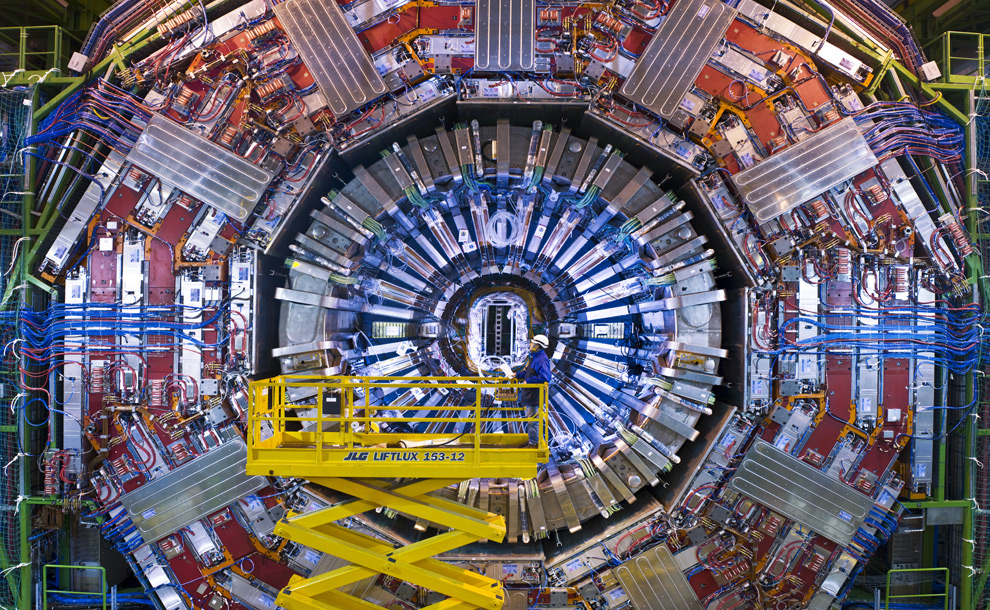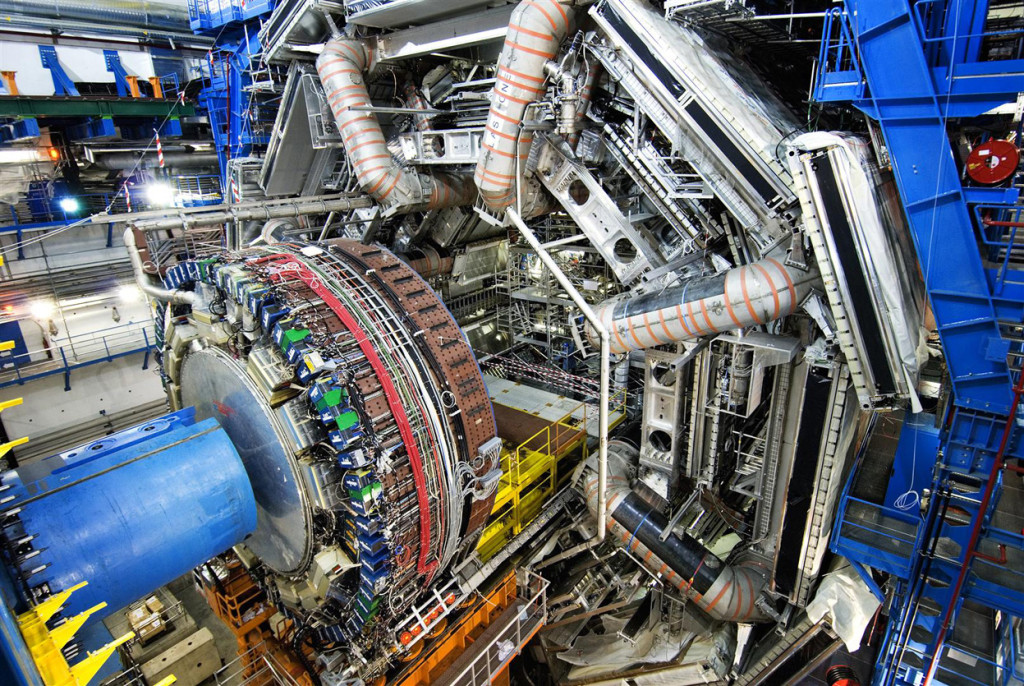The largest machine in the world, the Large Hadron Collider (LHC), got back into action after a two year upgrade at the European Organisation for Nuclear Research (CERN), amid great jubilation. With the LHC up and running once again, scientists will renew their efforts to unravel the mysteries regarding the formation of the universe.
“After two years of intense maintenance and several months of preparation for restart, the Large Hadron Collider, the most powerful particle accelerator in the world, is back in operation,” said a statement released by the CERN.
“Today (Sunday) at 10:42 am (0842 GMT) a proton beam was back in the 27-kilometer (17-mile) ring, followed at 12:27 pm by a second beam rotating in the opposite direction,” it added.
The LHC, which is also called the ‘Big Bang’ LHC, was shut down two years back for a refit. The revamp includes higher energy beams and voltages, new magnets and an overall examination of the wiring of the underground LHC tunnel that runs 27km long. Additionally, the four major detectors and its multiple magnets were also checked comprehensively. The more advanced LHC is now all set to embark on a new journey into discovering ‘dark matter’.
Scientists hope that the upgraded machine will be able to give proofs of what has been called “New Physics”, which includes “dark matter”, the invisible web holding all visible matter together.
In its earlier run, the LHC had produced evidence of the Higgs- Boson particle, known popularly as the ‘God particle.’
The scientists working at the centre situated near Geneva are pleased with the initial performance of the giant sized collider. Simulation of conditions akin to the Big Bang will begin in due course.
“Now we have just managed to do the first turn with the anti-clockwise beam, the beam 2. We have been striding the beam all along the ring and we managed to keep it for 25 turns already without the RF capture, so this is already a big success,” said Laurette Ponce, the engineer in charge of the LHC.




